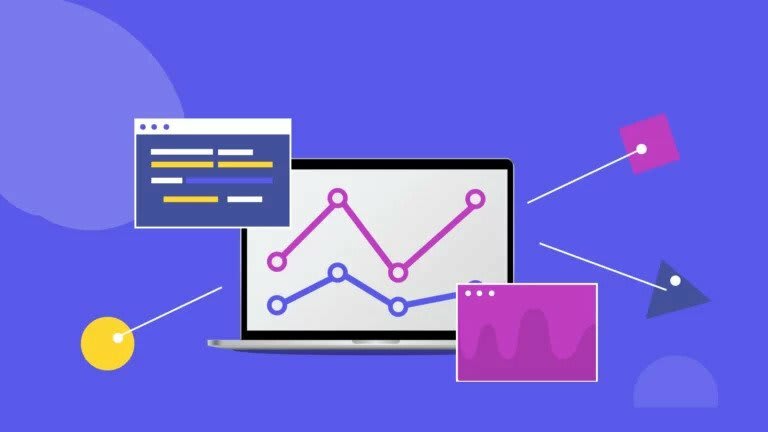
What is no-code test automation?
No-code test automation is a kind of testing process where you do not need even a single line of code. This test automation will let you test your product with simple user interfaces including drag-and-drop services and visual interfaces. No code automation tools help overcome the challenges of traditional testing, thus offering great benefits and flexibility.
How is no-code test automation overcoming the challenges of testing?
Frees up technical resources
Traditional testing procedures include coding, where you need to spend a lot on technical resources. For code-based testing, the business would require a team of employees with coding backgrounds.
But, with no-code test automation, you can make the best use of labor as anyone can contribute to the testing procedure. This you the business can focus on the higher-value stakes rather than spending too much on technical resources.
Improves Scalability
When a new browser version is launched each month, maintaining a Selenium grid locally is virtually impossible, costly, and frequently causes test execution delays. Locally scaling a grid with a large number of permutations is similarly unstable and unreliable.
On the other side, cloud services benefit from the limitless scalability of thousands of on-demands mobile and desktop VMs. Teams may achieve rigorous project timing criteria and testing coverage requirements with no preparation needed for the team to execute.
Offers better test coverage
Many different application kinds, including online, desktop, and virtual apps, are covered by the majority of codeless testing solutions. Increased test coverage gives the QA team additional time and resources to implement test automation on multiple platforms at once and in a shorter amount of time.
Enhances testing speed
Strong machines, reliable infrastructure, and networking are advantages of cloud computing solutions, which may considerably improve test automation execution speed and performance. Through internationally dispersed data centers, cloud-based solutions can provide simple access to platforms in many locations. This has an impact on the effectiveness and efficiency of testing.
Offers security
The degree of test data protection offered by on-premise and cloud systems varies as well. When compared to on-premise security, cloud security is far more sophisticated.
Teams are unable to achieve tight criteria when using local software installations running on test engineers’ desktops because they don’t provide the requisite level of test data protection.
Increases testing quality
Non-technical personnel may more readily interact with their technical colleagues on tests since tests can be produced and understood by them, which enables them to find and fix errors more quickly. Software of greater quality results from this.
Additionally, non-technical frontline personnel frequently have the finest knowledge of their business processes; therefore, they are most suited to develop tests for their most crucial business flows. Additionally, this promotes crucial test coverage and results in the software of better caliber.
Final Thoughts
Every business needs the best test automation for enterprise to make its testing process more efficient. With support for more than 150 corporate applications and technologies, Opkey gives you the ability to connect your complete company workflow across prepackaged apps, custom apps, web apps, and more.
By reducing test volume and automating manual operations, Opkey’s continuous testing platform reduces testing maintenance expenses by at least 75%. In general, companies should think about the possible advantages of codeless testing automation and investigate the products on the market, such as Opkey, to choose the one that best suits their unique requirements and objectives.


















